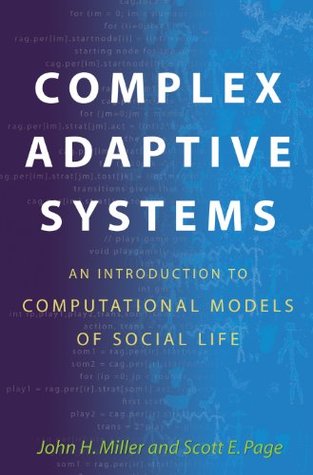More on this book
Community
Kindle Notes & Highlights
Read between
January 7 - January 17, 2019
There also may be thresholds as we increase the heterogeneity in a system that cause transitions into new forms of behavior. For example, the introduction of just a bit of heterogeneity into a homogeneous world may substantially alter the system’s behavior. Moreover, as we further increase the amount of heterogeneity in the system, we might see yet another transition as the additional heterogeneity begins to homogenize the system. Perhaps it is the case that, as we increase heterogeneity, we move from simple systems to complicated ones back to simple ones.
Agent sophistication may not even be well defined. One cannot smoothly track behavior from optimizing to myopic. Intelligence, sophistication, whatever we want to call it, is more than one-dimensional and may not be easily “dialed in.” However, within any one class of rules, often there does exist a dial. We can make the rules within a given class more “intelligent” by, say, varying the number of past periods remembered or future periods forecasted. We might also be able to move between classes of rules where one class embodies more intelligence than the other. One key question is when does
...more
Unfortunately, while there is typically one way to be optimal in the world, there are lots of ways to be adaptive.
Modeling is like stone carving: the art is in removing what you do not need.
For example, if the model relies on adaptive agents, complicated objective functions can be temporarily replaced with simple ones to demonstrate that the agents can find the optima in such a case. These types of experiments are a good way to check the basic foundations of the model and should be a routine part of creating any computational model.


